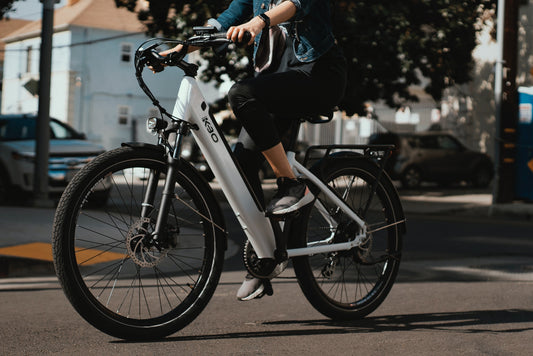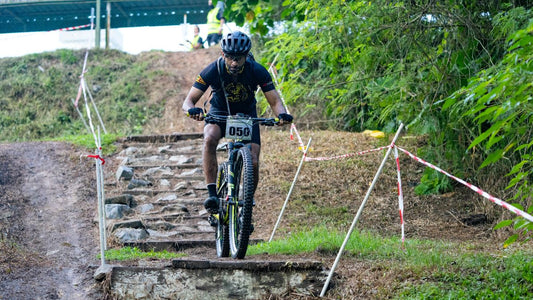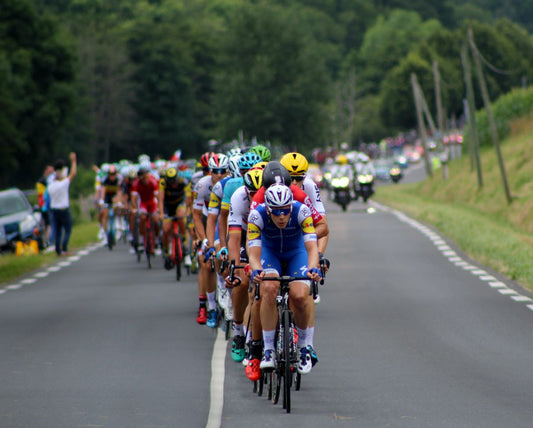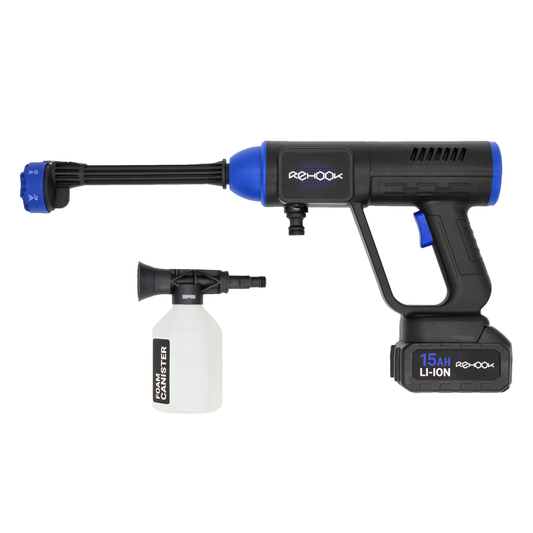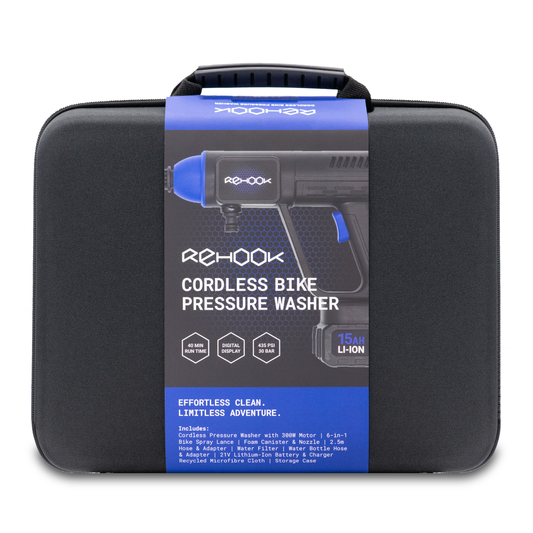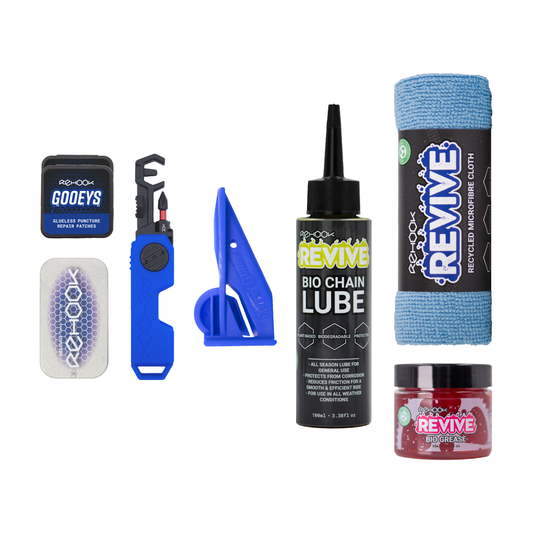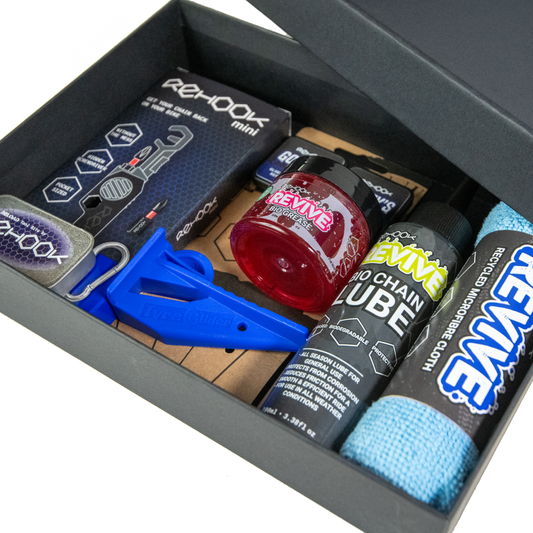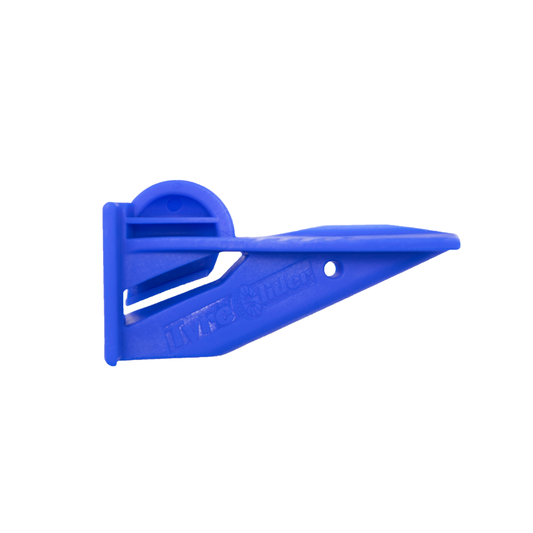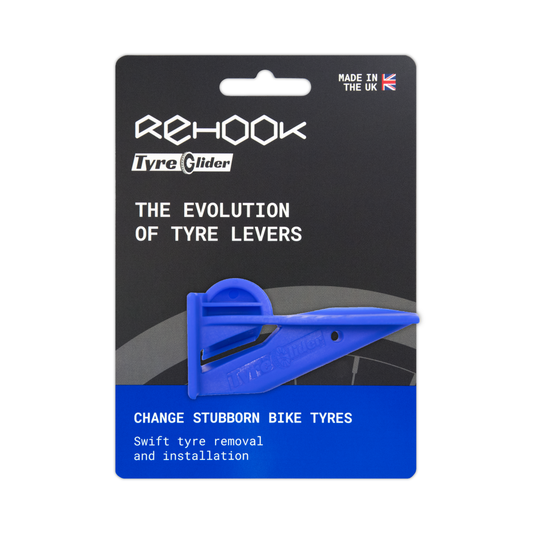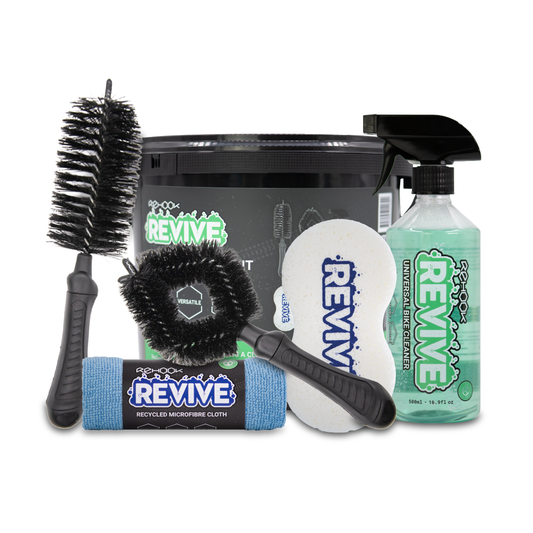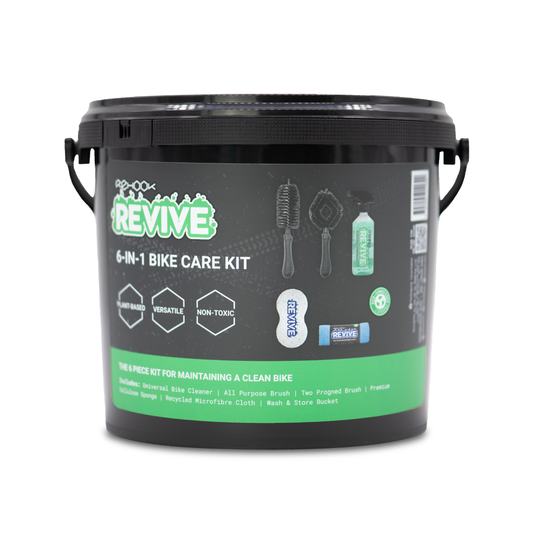Trey-bahr
Noun, Adjective
Tri-bar is a handlebar setup used by time trial cyclists.
Example usage: John switched to a tri-bar setup for his time trial bike.
Most used in: Time trial cycling events around the world.
Most used by: Professional and amateur time trial cyclists.
Popularity: 8/10
Comedy Value: 2/10
Also see: Aero Bars, Clip-On Bars, Bullhorns, Base Bars,
What is a Tri-Bar in Time Trial Cycling?
Tri-bar, or triathlon bar, is a type of handlebar used in time trial cycling. It has a long, straight extension bar that allows the cyclist to adopt an aerodynamic position. This position reduces drag and increases speed, making it ideal for racing.
Tri-bars are closely associated with time trial racing, where cyclists compete against the clock to get the fastest time. They are also used in triathlon and track cycling events. Statistics show that cyclists using tri-bars can save up to 5-6 watts of power compared to traditional bars.
Tri-bars are installed on the stem of the bike and come with ergonomic pads for the hands. This allows the cyclist to quickly adjust to the aerodynamic position while also providing comfort. The tri-bar setup also allows the cyclist to rest their elbows on the pads while riding. This reduces fatigue, allowing them to maintain a steady pace for long distances.
Tri-bars are becoming increasingly popular thanks to their performance and comfort benefits. They are now used in many time trial and triathlon events, and are becoming more common in road racing as well.
.The Origin of the Term 'Tri-bar' in Time Trial Cycling
The term 'Tri-bar' first appeared in the world of Time Trial cycling in the late 1980s. It was first used to refer to the aerodynamic handlebars, which were initially developed by the French company Look. These bars were designed to be used in Time Trials, allowing cyclists to adopt a more aerodynamic position and improve their speed.
The Look Tri-bars were the first to be used in professional cycling, with riders competing in the Tour de France first using them in 1989. The first rider to win a stage of the Tour de France using the Look Tri-bars was the American Greg LeMond. He used the bars to help him win the time trial on the final stage of the 1989 Tour de France.
Since then, the term 'Tri-bar' has become synonymous with Time Trial cycling. It is used to describe any type of aerodynamic handlebar, regardless of who manufactured them. The popularity of the Tri-bar continues to grow, with more and more riders choosing to use them in Time Trials.


